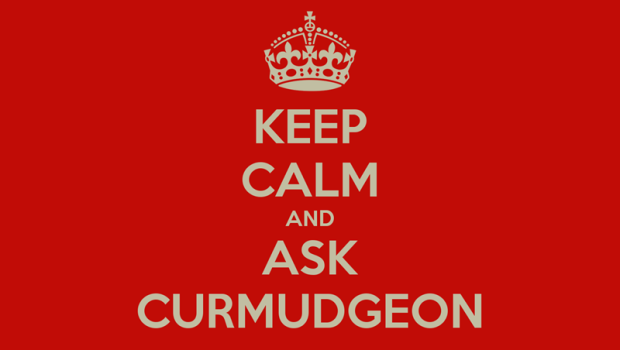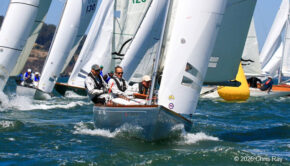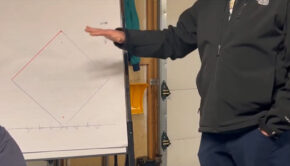When proper course is contentious
Published on August 25th, 2020
Dear Curmudgeon: I have always found it difficult to understand why a boat that is overtaking from leeward has any rights once an overlap has been created. She is the overtaking boat and should keep clear in my mind. It’s like in a car race when a car behind, touches the back of the car in front, but on the side, and puts the car in a spin and out of the race.
This is totally unacceptable and I feel the same should happen with yacht racing. In effect the overtaking boat (to leeward) can make a maneuver that may force out a right of way boat from the race. This was not the case, a number of decades ago, when mast abeam was in use. – Old Dog
Dear Old Dog: You do have to be of a certain age to remember the mast abeam limitation, a hard to manage rule which limited the luffing rights of a leeward boat, but I am pretty sure the rights of a yacht coming from astern to leeward remains the same now as then, which means there are limitations.
I was recently in a PHRF race when the wind on the downwind leg got very light, and through some good fortune, we found ourselves alongside the fastest boats in our division. However, when the wind filled in, they were all looking for passing lanes, and one boat in particular chose a lane just beyond the end of our boom to leeward of us.
This boat gave us 51 seconds a mile, so they came roaring up as we aimed at the leeward mark, about a quarter mile ahead. But they couldn’t get through our lee, so they started heading up to help their cause. Because they established this overlap from astern, I hailed that they could not sail above their proper course, to which they replied that a higher course was now needed.
I said no, they said yes, and this continued on until our boat was now sailing well above our proper course. My final hail was that it was time for me to protest, but I also asked why they don’t gybe, because a gybe was now needed to get to the mark, and they were losing time being stuck to leeward of us.
Thankfully, they figured that out too, but proper course is one of those subjective definitions in the rule book, particularly when you are on a downwind leg that requires gybes, and the fleet includes a range of boats that don’t have the same fastest angle to the mark.
However, in my situation, I wish I had hailed an important part of the Proper Course definition: “A course a boat would sail to finish as soon as possible in the absence of the other boats referred in in the rule using the term.”
And that would be Rule 17: “If a boat clear astern becomes overlapped within two of her hull lengths to leeward of a boat on the same tack, she shall not sail above her proper course while they remain on the same tack and overlapped within that distance…”
The other boat’s proper course had paralleled ours prior to the overlap, so they were not allowed to sail above it. – The Curmudgeon
Comments? Send your email to editor@sailingscuttlebutt.com









 We’ll keep your information safe.
We’ll keep your information safe.